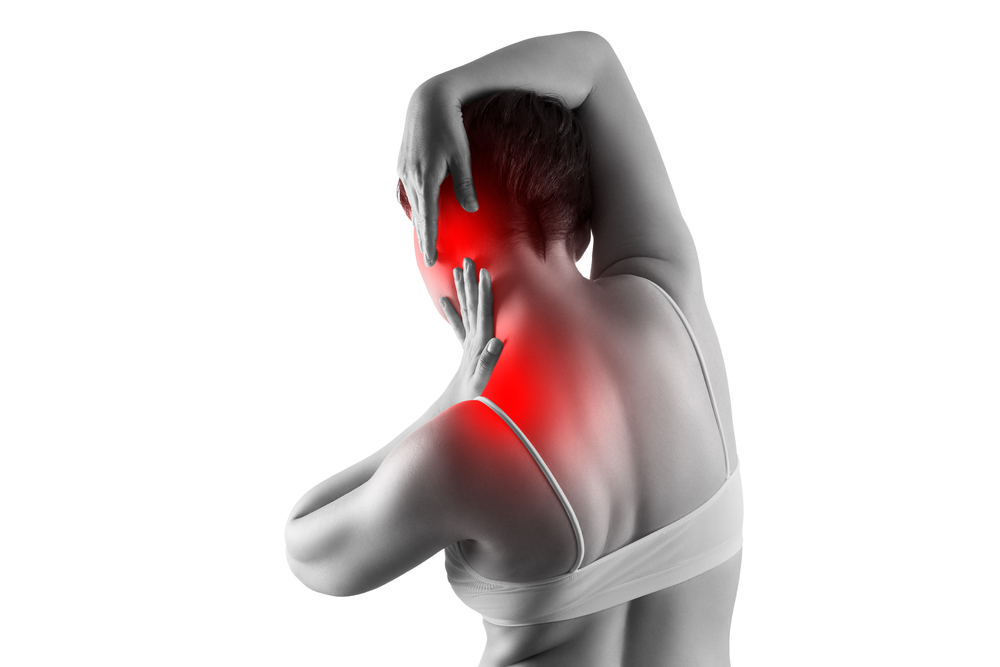Cervicogenic Headaches: Causes, Treatment, and Prevention

When you struggle with chronic headaches, you may initially think you have migraines. While migraines are a common cause of chronic head pain, you may actually be struggling with cervicogenic headaches (CGH). These headaches directly result from issues in the cervical spine that are causing pain to radiate elsewhere. Learn more about the causes, treatment, and prevention of cervicogenic headaches below.
What Are Cervicogenic Headaches?
Cervicogenic headaches are chronic headaches that result from tension in the cervical spine. Pain from cervicogenic headaches is typically felt down the spine, between the shoulder blades, and in various regions of the head.
Symptoms of Cervicogenic Headaches
Cervicogenic headaches are often mistaken for other types of headaches, including migraines. To distinguish cervicogenic headaches from migraines or other types of headaches, look for the following signs and symptoms:
- Sudden pain with neck movement
- Pain on one side of the head or face
- Steady, not throbbing pain
- Head pain with coughing, sneezing, or deep breaths
- Stiff neck
- Pain that remains in one spot (back, front, side or head or eye)
- Nausea
- Vomiting
- Arm or shoulder pain
- Sensitivity to light
- Sensitivity to noise
- Visual disturbances or blurry vision
Symptoms like nausea, sensitivity to noise, and visual disturbances are all common in migraine sufferers, leading to misdiagnosis of cervicogenic headaches. It is important to look for symptoms like stiff neck and pain with neck movement related to the cervical spine to distinguish cervicogenic headaches from migraines.
Causes of Cervicogenic Headaches
Numerous factors can lead to cervicogenic headaches. This includes, but is not limited to, the following:
- Compressed or pinched nerves in the neck
- Arthritis
- Whiplash or other cervical injuries
- Muscle strain
- Jaw clenching
- Teeth grinding
- Stress or tension
Cervicogenic headaches are common in individuals who have jobs requiring them to hold their heads in a certain position for extended periods, such as hairstylists. These headaches are also common in patients with cervical issues that affect the vertebrae, neck muscles, or cervical joints.
Cervicogenic Headache Treatment
There are numerous treatment options for cervicogenic headaches, depending on the underlying cause. Treatment options include non-steroidal anti-inflammatories, nerve block injections, massage therapy, acupuncture, and in some cases, surgery. Surgery is usually necessary if the cervicogenic headaches are the result of a pinched nerve.
Physical therapy is a popular option for cervicogenic headaches because it can relax the muscles and ease tension in the neck. Exercises like neck flexion and extension, stretching the neck on a foam roller, chin tucks, and head rotations can all help alleviate the pain of cervicogenic headaches.

Three neck stretches including neck extension, foam roller, and side flexion.
Preventing Cervicogenic Headaches
In some cases, cervicogenic headaches are entirely preventable, which is often the case if your headaches result from prolonged head and neck positions. To avoid this, be mindful of how you hold your head throughout the day. Practice better posture or use posture correctors if necessary.
Some patients find relief from wearing a cervical collar or neck brace. Improving your sleeping position by sleeping with the chin tucked back and the upper back straightened can also resolve cervicogenic headaches.
